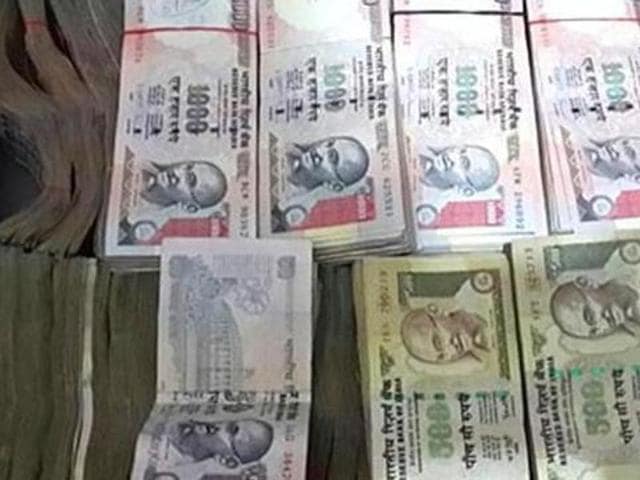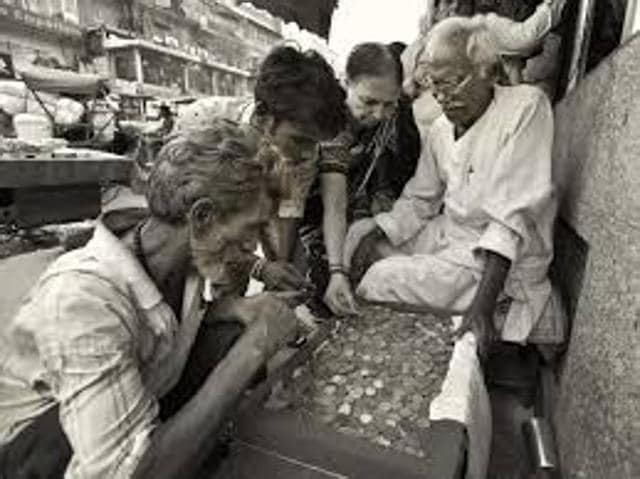Numismatists to preserve Rs 500, Rs 1000 samples for antique value in future
There are instances of a Rs 10,000 note fetching Rs 10 lakh in an auction in Mumbai.
With the Centre demonetising Rs 500 and Rs 1000 notes on Tuesday, numismatists in Kolkata are sniffing an opportunity to cash in on this change. The city’s coin collectors have started collecting Rs 500 and Rs 1,000 notes of various series as these could fetch antique value in future.

“If you remember, notes of Rs 1000, Rs 5000 and Rs 10,000 denominations were demonetized by the government in 1978. One such Rs 10,000 note was recently sold in an auction at Mumbai for Rs 10 lakhs because of its antique value,” said Sandip Kumar Singhvi, the only dealer in the city to hold an Archaeological Survey of India’s license to deal with antique coins and notes.
Read: Minting on error: Rs. 5 coins go for Rs. 5,000
“The present denominations scrapped by the government would also become antiques in the future and could be sought after by coin collectors,” Singhvi told HT.
The highest currency note ever printed by the Reserve Bank of India (RBI) was Rs 10,000 note during the British Raj. It was printed first in 1938 and a new version came in 1954. But those were demonetized in January 1946 and again in January 1978 when the Morarji Desai government came in power.

“We have already started collecting Rs 500 and Rs 1,000 notes of various series and signed by various governors. The early series notes carrying the signatures of former RBI governors such as Bimal Jalan and R N Malhotra are rare and fetch good price. As these notes have now been scrapped, they would now become antique and fetch good return in the future,” said Ravishankar Sharma, former secretary of the Numismatics Society of Kolkata.
While one Rs 500 note carrying the signature of Malhotra now sells at Rs 700 in the numismatic circle, a note signed by Jalan fetches Rs 1,200.
Numismatists usually refer to a book – Phila India Paper Money Guidebook – authored by Manik Jain to find out the various series of notes and by which RBI governor it has been signed.
The last book was published in 2015 and the next one is expected in December 2016.
After being scrapped by the Morarji Desai government, the Rs 1,000 note made a comeback during the Atal Behari Vajpayee era in 2000. The Rs 500 notes had already returned into circulation in October 1987.
“Since then around 50 varieties of Rs 1,000 note and around 55 varieties of Rs 500 note have been issued in various number series carrying signatures of various RBI governors. Earlier Rs 500 notes were greenish in colour. Then came the bluish grey colour followed by the yellow notes that are still in circulation,” said Jain.
Read: Minted history: The coin collectors of Old Delhi
“I have already collected eight to 10 notes from various series of Rs 500 and Rs 1000 notes. I wish to keep at least one note from each series carrying the signature of every RBI governor. You can say that this is a long term investment. You never know which note would become the most sought after currency in the future,” said Singhvi.
Coin collectors in Kolkata who were tipped off a fortnight ago by their sources in the union finance ministry and RBI that new Rs 2,000 notes would be pumped into the market soon, are also eyeing to collect the new notes of both Rs 2,000 and Rs 500 denominations.





